When installing or upgrading your home, the question often arises, “Which wire should be used where?” This may seem like a small question, but is in fact a very intricate matter for efficiency as well as safety. Among the cables, there’s a long going debate on the use of shielded or unshielded cables. Here, we tend to break down the differences between these two cables.
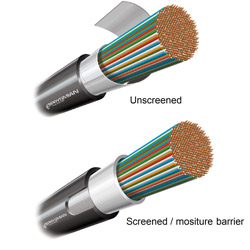
Screened Wires are those twisted pair cables that have either copper wire braid, aluminum Mylar tape, or aluminum wire as a screen between different twisted pairs inside the main insulation. This screen helps in the reduction of electromagnetic interference. Now, how this factor is decided if we want to use a screened or unscreened type of wire? The answer is where the wire is laid, whether it coincides with elements like motors, generators, air conditioners, or even printers or fluorescent lamps. These devices cause electromagnetic interference and can produce “noise” during the current or even data transmission. Hence for these applications, shielding is an important element. The higher quality shielded wires consist of a drain wire, which carries the effects of electromagnetic interference on the ground and dissipates the excessive noise to the ground. Not only the wire but the couplers and jacks used in these wires are carefully shielded in order to prevent any possible shield leak, whatsoever. The major reasons why these wires are not always used are, one, they are expensive to manufacture, and two, they are less flexible than their unshielded doppelgangers.
Unscreened Twisted Pair Cables, on the other hand, are easy to manufacture and also cost-effective, as the sheath/shield is mostly made of pure aluminium or copper, which in turn, reduces the cost of the wire. Unshielded wires contain only the twisted pairs with the main outer sheath/insulation.
Conclusion
In conclusion, there are no standardized rules as to when or where unscreened or screened cables should be used. As long as you are aware of the differences, each installation should be assessed on a case by case basis to decide which would be best. Both offer different benefits, and these should be considered when making the decision.





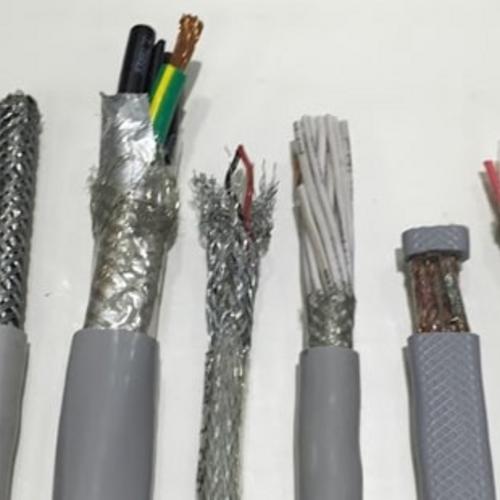


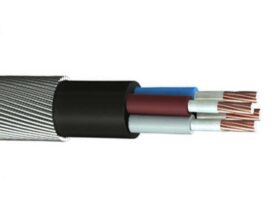

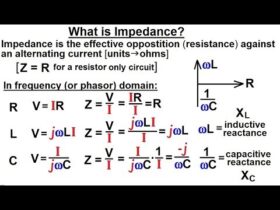
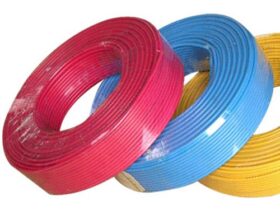
Leave a Reply